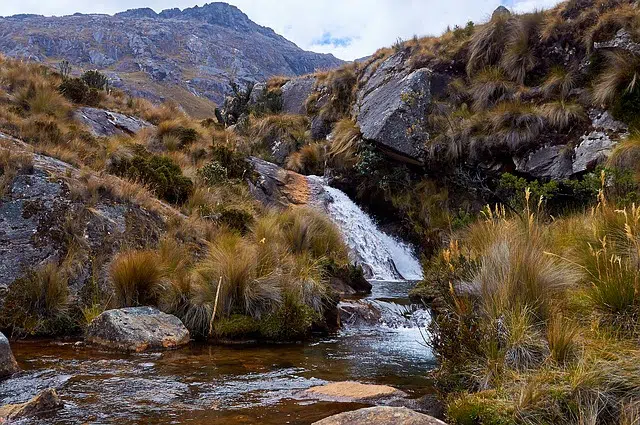
We speak of a "windstorm" when the wind reaches considerable force.
The Royal Spanish Academy ( RAE ), in its dictionary, defines a gale as a very strong wind . Wind , meanwhile, is the current of air that is generated naturally in the atmosphere .
Considerably intense wind
Differences in temperature and pressure , to name a few possibilities, can produce wind. If the wind reaches considerable intensity, it can be referred to as a gale.
For example: “Last night's wind caused two trees to fall in San Mateo Park,” “What a wind! Please close the window, the papers I have on my desk are flying away,” “According to meteorologists, the typical wind of this season is likely to arrive tomorrow.”
In navigation
If we focus on the field of navigation , a gale is called the wind that, due to its strength, makes it essential to hold on to the sails and hold on to the mains .
An archaeological site
Ventarrón , on the other hand, is an archaeological site located in the district of Pomalca , in the department of Lambayeque ( Peru ). It is a temple discovered in 2007 whose age is estimated at about 4,500 years .
This complex is the oldest testimony of a civilization , which developed on the northern coast of the current Peruvian territory, to the west of the homonymous hill and a short distance from the Reque River.
In Ventarrón we can find some wall paintings that are of great value for archeology researchers, given the remote period in which they were made. Another interesting fact is that it stands out for its sophistication compared to other similar sites.
Discovery of Ventarrón
In the 1980s, Walter Alva , an archaeologist from Peru, was at the forefront of the discovery of more than one tomb of figures important to the Mochica culture , whose development took place between the 2nd and 7th centuries in various parts of the country. Among them stands out the Lord of Sipán , an ancient ruler whose power was centered in the north. The Moche appeared long after the Ventarrón culture but, as often happens in archaeology, their discovery took place in the reverse order.
Already in 2007, another team also led by Alva found a temple in the middle of their excavations, and decided to call it Ventarrón . The surface of this complex is around 2,500 square meters . Both its structure and its murals were examined using a method called radiocarbon dating to estimate its age.
Regarding his murals and the motifs that we can observe in them, in one of them you can see an abstract composition painted in two colors : white and red. In another, very different, you can see a deer that has been enclosed with a net. The bricks used for the construction of the temple are composed of river sediments , and not of the adobe or rock typical of the place. Another detail worth mentioning is its fire altar, which must be accessed by means of a ladder.

In Peru there is an ancient archaeological site called "Ventarrón"
They also found skeletons of animals that were supposedly used in offering ceremonies. Alva said he was surprised by the construction techniques, the architectural style and the presence of the murals. There is a possibility that the latter are the oldest on the continent . He added that given the evidence found in the complex, it is possible that Lambayeque was an important point of cultural exchange with the rest of Peru.
The tango
“Ventarrón” , finally, is the title of a tango released in 1933 . The lyrics of this song were written by José Horacio Staffolani , while the music was composed by Pedro Maffia . Among those who performed “Ventarrón” are figures such as Carlos Gardel and Roberto Goyeneche .
